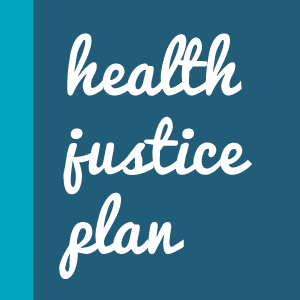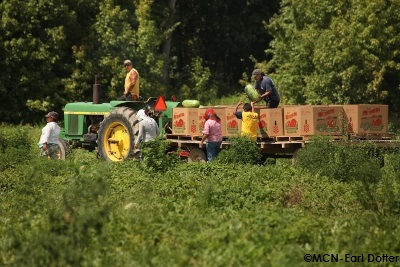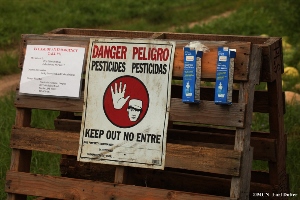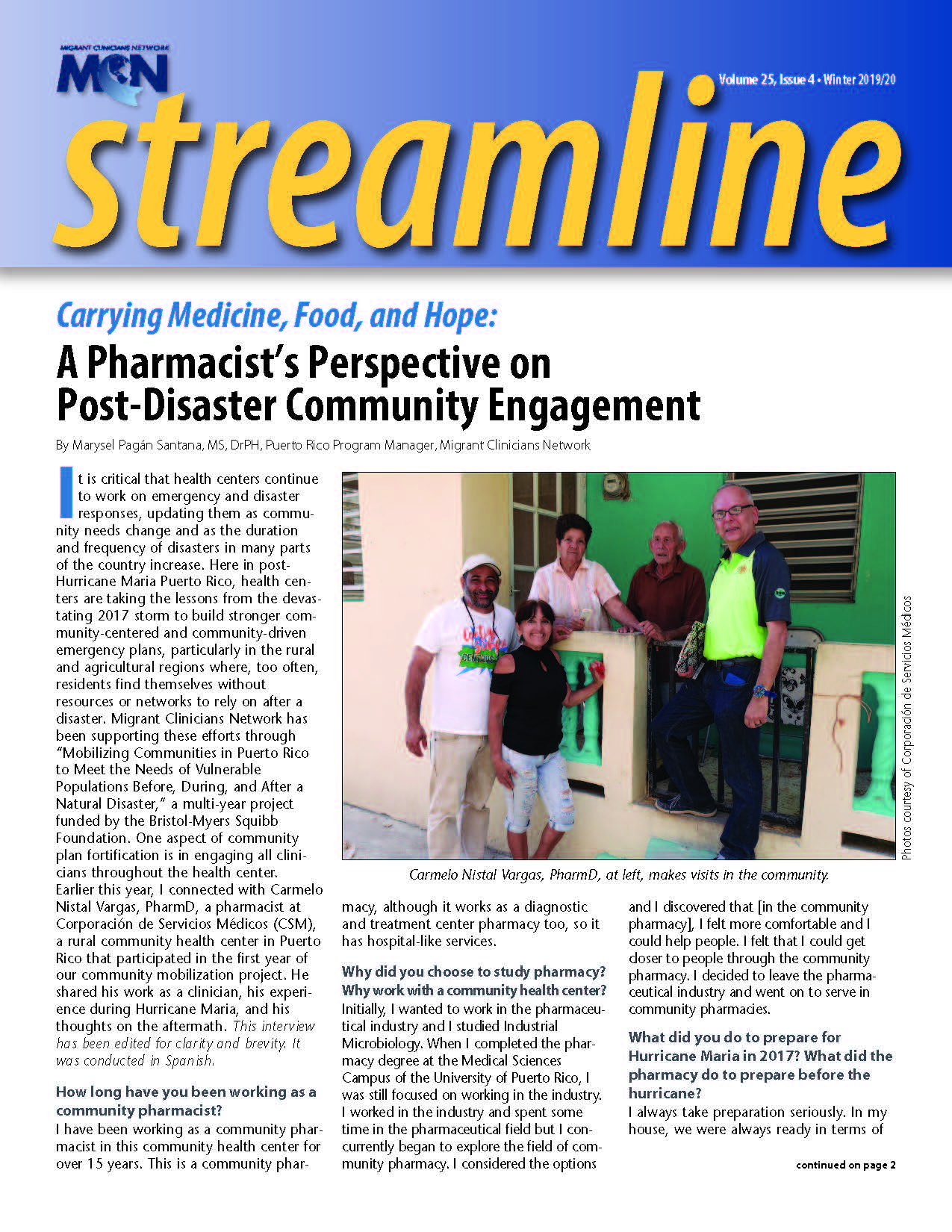- Who We Are
- Clinician Employment
- Publications
- Witness to Witness (W2W)
- Kugel & Zuroweste Health Justice Award
- Your Voice Matters: Photovoice Project
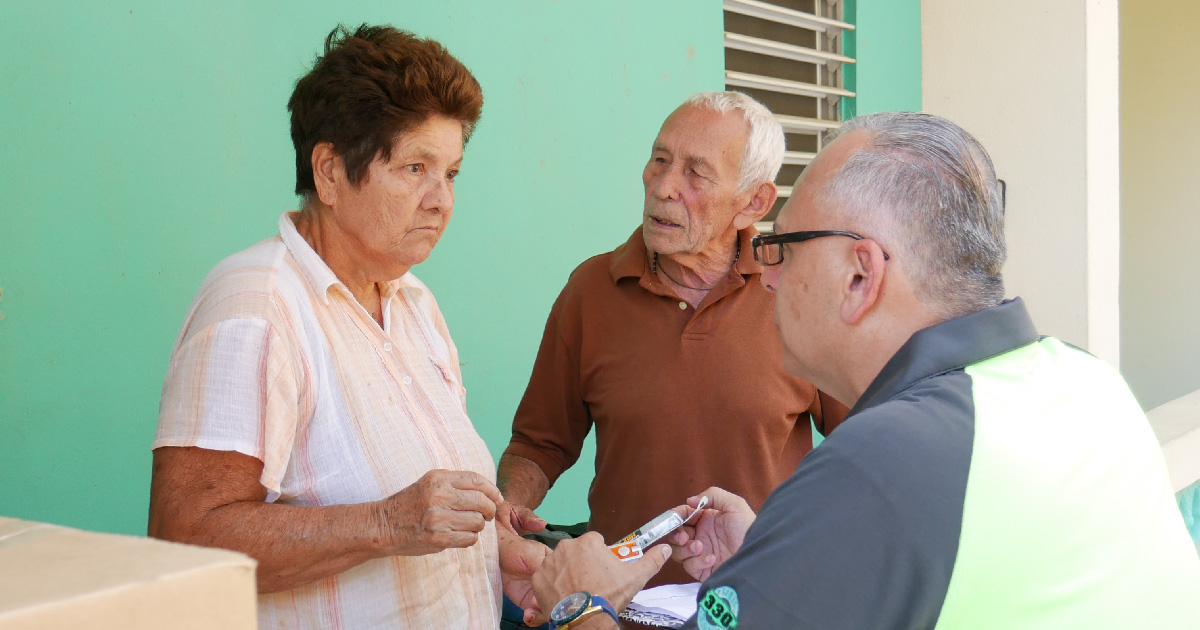
By Marysel Pagán Santana, MS, DrPH, Puerto Rico Program Manager, Migrant Clinicians Network
It is critical that health centers continue to work on emergency and disaster responses, updating them as community needs change and as the duration and frequency of disasters in many parts of the country increase. Here in post-Hurricane Maria Puerto Rico, health centers are taking the lessons from the devastating 2017 storm to build stronger community-centered and community-driven emergency plans, particularly in the rural and agricultural regions where, too often, residents find themselves without resources or networks to rely on after a disaster. Migrant Clinicians Network has been supporting these efforts through “Mobilizing Communities in Puerto Rico to Meet the Needs of Vulnerable Populations Before, During, and After a Natural Disaster,” a multi-year project funded by the Bristol-Myers Squibb Foundation. One aspect of community plan fortification is in engaging all clinicians throughout the health center. Last year, I connected with Carmelo Nistal Vargas, PharmD, a pharmacist at Corporación de Servicios Médicos, (CSM) a rural community health center in Puerto Rico that participated in the first year of our community mobilization project. He shared his work as a clinician, his experience during Hurricane Maria, and his thoughts on the aftermath. This interview has been edited for clarity and brevity. It was conducted in Spanish.
How long have you been working as a community pharmacist?
I have been working as a community pharmacist in this community health center for over 15 years. This is a community pharmacy, although it works as a diagnostic and treatment center pharmacy too, so it has hospital-like services.
Why did you choose to study pharmacy? Why work with a community health center?
Initially, I wanted to work in the pharmaceutical industry and I studied Industrial Microbiology. When I completed the pharmacy degree at the Medical Sciences Campus of the University of Puerto Rico, I was still focused on working in the industry. I worked in the industry and spent some time in the pharmaceutical field but I concurrently began to explore the field of community pharmacy. I considered the options and I discovered that [in the community pharmacy], I felt more comfortable and I could help people. I felt that I could get closer to people through the community pharmacy. I decided to leave the pharmaceutical industry and went on to serve in community pharmacies.
What did you do to prepare for Hurricane Maria in 2017? What did the pharmacy do to prepare before the hurricane?
I always take preparation seriously. In my house, we were always ready in terms of food, water, flashlights, and radios. We had already been through other hurricanes and storms such as Hortensia and Hugo. Although Hugo did not directly affect the northern part of the island, I had fellow students at the university spend about three months without power. I had their experience in mind, so I had prepared well at home to face a storm of that magnitude.
In the pharmacy, we already had a contingency plan to protect the property and try to advance treatments and medication. We tried to contact patients to come pick up their medications. The plan allows us to dispatch medication seven days before the patient runs out. So, he or she has at least seven extra days of therapies or treatment. We had organized response teams to determine the logistics of the pharmacy operation like who will arrive first. We also focus on storage: that the medications are well stored and in good condition. That the power generator is functioning well to keep the medications that require refrigeration, such as insulin, at the correct temperature. Basically, [we’re focused on] damage prevention efforts and making sure that we could run the pharmacy as soon as possible.
How were you affected by the emergency?
My home got flooded -- I hadn't anticipated that. The street where I live had never been flooded, and it was flooded. There were about four feet of water in my house so we had to leave it. I was pretty much in the street in the middle of the hurricane. I lost all my belongings. I had to relocate before returning to work. On the Monday after the hurricane, I was already at work. There, we started working on a response plan. Of CSM’s clinics, only the external clinics, in Hatillo and Utuado, were the ones that were operating at that time.
Were there challenges with the medication dispatch? Who decided how many days of medication could be advanced? How did insurance play in?
The [insurance companies] did not anticipate what could happen. There were no instructions on how to proceed. During Maria there were no statement or instructions to advance medications. There were concessions that were made after the hurricane and during the emergency, but not before. Now, after Hurricane Maria, when Hurricane Dorian approached [in September, 2019], we already had communications and instructions. Now the response is different, and there is a government plan [to address medications during emergencies].
What kind of direct services were you able to provide during Hurricane Maria?
Our executive director at that time organized a support team to provide services for the people in Utuado. We left with two other technicians, and the others stayed back at the pharmacy [in Hatillo]. The pharmacy continued to operate with limitations; we had an electric generator and that helped us a lot. We began to deliver medications without billing, thinking that we would bill once we had access to the system -- the system was down. We gave these services as instructed by the CEO, something that many community pharmacies could not do because of the fear that they would not receive payment afterwards. We risked a bit as a center with federal funds. We had to do it, advance medications in Hatillo, and provide the requested medications even if we were not sure that providers would cover or authorize [them].
The team that was organized included medical staff, nurses, and even administrative staff, to visit patients who were isolated, those who had a physical condition, and could not arrive to our clinic. We participated actively. We organized a big medicine cabinet, [and] we made medication packages. The problem we had initially, and the dispute we had, was that once we arrived [and evaluated a patient] we could not return [to the pharmacy to fill a particular prescription], so we had to carry with us about everything we could think of. We had a large package with several bottles and boxes, and we tried to categorize the medications in the list. We tried to have basic medicines, especially for chronic diseases such as hypertension and diabetes. We also had antibiotics and analgesics. After the patient was evaluated, we tried to dispatch enough for the patient to resolve and keep his/her health stable. It worked this way: we identified a sector that may have people in need, we got there and approached a house to make a house visit, the doctor evaluated the patient, and consulting the list we provided the doctor made the prescription with the patient right there for us to dispatch immediately. In the house, in the garage, wherever it was. We were always as careful as possible to maintain the processes with hygiene and aseptic protocols. It was well organized and executed.
How long were clinical brigades working this way?
Utuado was one of the most devastated towns by the hurricane. We were basically more than a month over there. The need was greater than our capacity to provide. Each day we went there, we found more need. More communities were identified that required assistance, or [another] senior centers requested a visit in an isolated community. Utuado is large and the topography is very complicated. These mountains are sandy. It is very unstable. Every time we reached a place, what we saw was sand coming down from the mountain. A lot of mudslides and blocked roads. Isolated communities, which I believe, still have limited access to services.
When talking about and providing health services you have to evaluate the living conditions. We saw that. Sometimes the living conditions don’t help the health condition. Their health doesn’t improve due to lack of access to services or due to the limitations the patient has. If you see their quality of life and living conditions you realize that the problem is more complicated, it uncovers many things [that you do not see in the clinic].
Now that you are back in the pharmacy, has something changed? Is there a different dynamic?
What I can say is that we all liked the experience. I would like to do it again, a pharmacist that does house visits. The experience was very good… Perhaps if I was not able to give them their medications, their condition would worsen or it could have been worse, one does not know what could have happened. We continued to do these kinds of clinics, but of course when stability is achieved we are required to return to our usual positions and roles. Those are corporate decisions; we don't have the resources to do it all year. It would involve transportation and travel, and we have no way of sustaining it at the moment. Almost everything we gave on the street we donated -- we did not recover it in reimbursements and we did not bill it. If we make this dynamic throughout the year, it would require some external [financial] resources. I still think it’s necessary.
Health services have to move towards the community. It is difficult because of topography and road access. Perhaps it seems like we impact fewer people that way, but these patients are in need -- people who live alone or have no way of moving. There were patients we reached, who had no one. We were the ones who visited them. Nobody else. Elderly people, many abandoned people, many people with disabilities. They were always there, we just happened to see it because a hurricane had passed and it made us look.
With the migration of young people [from Puerto Rico to the mainland US], there are more people left alone. The abandonment of the elderly by their grown children is real. The impact on the health and [availability of] treatment of these elderly people is significant because they [can’t read the instructions well] or do not know what they are taking. They make mistakes with their medications. They need the support and supervision to be able to comply with their treatment.
Any particular story you remember from this experience?
I remember a person who lives in Utuado, an elderly person who takes care of her son, a mature adult with disabilities. It is a difficult situation for this caregiver. This woman worries that she will die and leave her son without a caregiver. They lived in an isolated place, had no help or neighbors. So we were their support. I also remember a community in Utuado. They embodied the best qualities of what Puerto Ricans are today. They are very friendly, humble, and hospitable. You feel comfortable and at ease. We still keep in touch with them. It is as if we have known them for a lifetime.
There were so many cases -- all were isolated people. Sometimes we were for a long time on a road that seemed so desolate -- and in the end we found a house with an elderly patient. That was repeated often. [We saw] people catching rainwater or without power, and living conditions that do not allow someone to take care of their health.
How did you manage your personal situation while helping others?
As for my situation, I got over it with work. My situation was uncomfortable, but at the same time I saw the situations of others, I realized that I was fine [compared to them]. My coworkers supported me. My workplace was the place where I forgot about it and it made me think that what I had lost, I could recover.
It was a team effort. We called it “missions”. We all arrived under no matter the conditions -- it rained and flooded for several days after the hurricane. It has been the best experience. It demonstrated the commitment of each employee and strengthened team dynamics. The [health center] did more than was expected. It was a work of commitment [to the community], not just compliance with funders and the government. Always with the same disposition, we don't get tired.
There is a need for us to make these in-house visits. This may be a model for other clinics. I feel very proud of what we did. [The hurricane] exposed us to this dynamic [of community work and home visits]. We will never forget it. We carried more than medicines and food; perhaps we brought hope to those who had never been visited.
Learn more about MCN’s work in Puerto Rico: https://bit.ly/2Kwekyc. Visit the Bristol-Myers Squibb Foundation: https://bit.ly/2rRBqJb.
Health Network and PRAPARE
In 2016, just as PRAPARE was set to launch, Migrant Clinicians Network was beginning to develop its new database to better serve patients enrolled in Health Network, MCN’s bridge case management program. Over the course of the following year, MCN configured the new database to allow for the integration of PRAPARE data, in which one health center’s PRAPARE data can be transferred to the next health center, as a mobile patient moves.
“When we started thinking about that data and [Health Network] case management work, so much of case management isn’t just ‘are you taking your medication every day?’ It’s more about, ‘How can I help you access care and manage your health in general?’” explained Anna Gard, RN, who assisted MCN in the development of the new database. “One piece of this is: ‘Let me help you find a health center.’ But the larger pieces around effective case management are, ‘How are you going to get there? Is there public transportation? How are you going to pick up your medications if you live in a hostile community and you’re afraid of leaving the house?’ PRAPARE gives a structured format to capture [these] data, in a form that’s been tested and validated.”
As more health centers provide case management and chronic care management to address the social determinants of health, Gard noted, integration of the PRAPARE data with Health Network, a virtual case management, seemed to make sense. Now, the Health Network team is working to fit PRAPARE into their own workflow.
Saul Delgado, Health Network Data Specialist, who has been integral in building and launching Health Network’s new case management system, notes that asking such personal questions over the phone, when a patient doesn’t have transferrable PRAPARE data from a previous health center, can be challenging. “When we call, the patient doesn’t know you. They’re very scared to answer these kinds of personal questions, whereas when you go the clinic, you at least see the nurse or case worker face-to-face,” he explained. But he recognizes the utility of the data, and has developed the PRAPARE data screens within the database to be easily accessed from the main patient information screen. With drop-down menus, Health Network Associates can populate the information they hear from patients, like how many people live with them in their household, or if they’re worried about losing their home. The information, either attained from a previous health center or inputted by a Health Network Associate, will be transferred when the mobile patient gets to his or her next destination, just as the basic medical records do.
“Health centers are doing more to integrate social and behavioral determinants of health, and we’re recognizing that all of those things have to be integrated with care management. So we’re on the forefront,” Gard concluded.
Read this article in the Winter 2020 issue of Streamline here!
Sign up for our eNewsletter to receive bimonthly news from MCN, including announcements of the next Streamline.



